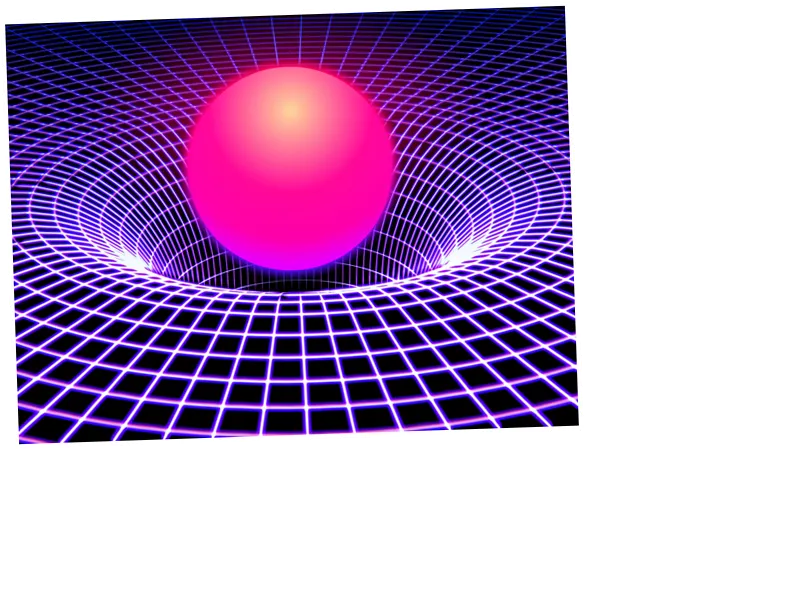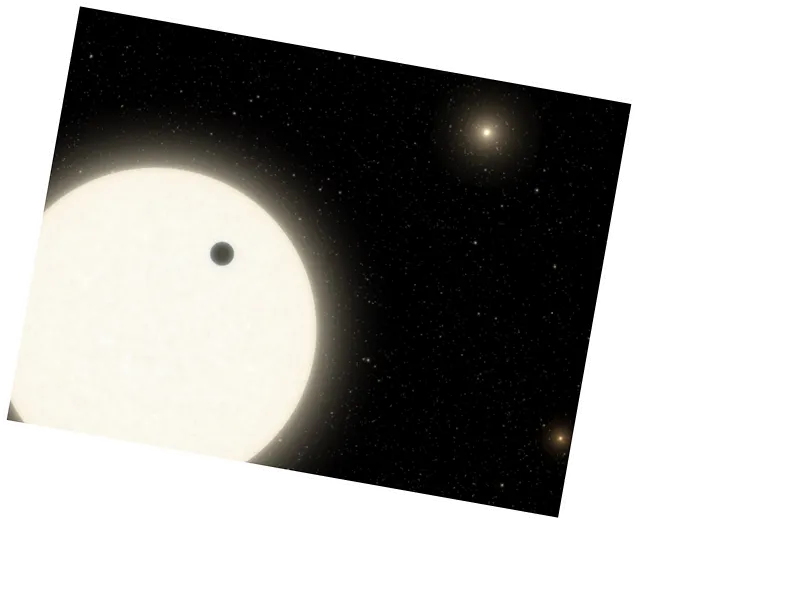Betelgeuse: The Star That Came Back From the Dead
In early 2019, Betelgeuse, the second brightest star in the Orion constellation, captured the attention of astronomers and stargazers alike when it exhibited a dramatic dimming. This phenomenon raised concerns that the ancient star was on the verge of exploding, marking the end of its long journey of millions of years. However, shortly after the dimming was observed, Betelgeuse returned to its usual brightness, earning it the nickname “the star that came back from the dead.”
Recent studies have shed light on Betelgeuse’s unusual brightness fluctuations, suggesting that it may not be a solitary star. Instead, researchers propose that Betelgeuse is part of a binary star system, potentially accompanied by a companion star similar to the Sun. This companion star could explain the star's two distinct brightness cycles: one lasting approximately 400 days and the other extending around 6 years.
The brightness of stars typically changes due to their constant expansion and contraction. When the gas in a star's core heats up, it rushes to the surface, causing the star to swell. Conversely, when the temperature drops, the star stabilizes. However, Betelgeuse’s prolonged dimming period has puzzled astronomers, as it does not conform to the expected patterns of stellar behavior.
Efforts to analyze the star’s physical phenomena, including the rotation of its various parts and the activity of star spots caused by magnetic fields, have not yielded satisfactory explanations. The prevailing theory now suggests that a companion star, informally dubbed “Betelgeuse Buddy,” may be influencing the star’s brightness. This companion star interacts with the dust clouds surrounding Betelgeuse, and when it passes between Earth and Betelgeuse, it scatters the dust, causing Betelgeuse to appear brighter from our vantage point.
Calculations from the study indicate that Betelgeuse Buddy could be a massive neutron star, which would likely emit detectable X-rays. However, confirming the existence of this companion star remains a challenge due to current technological limitations. Betelgeuse itself is classified as a red hypergiant star, one of the largest known stars in the galaxy. If placed in the position of the Sun, its immense size would extend beyond the asteroid belt, potentially engulfing the orbits of Mercury, Venus, Earth, Mars, and even reaching Jupiter's orbit, showcasing its colossal scale compared to our Sun.





